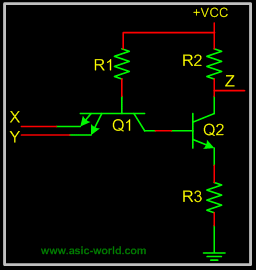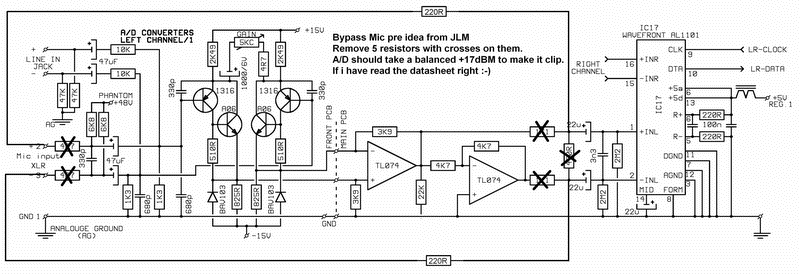So that's why these are such a PITA about clipping at 0.
and yeah, the darn 1/4 is through the preamp too, tried that.
I've also noticed, that on mine, and I gonna get another just to
test, but it seems all of the right channles, 2,4,6,8 seems to be
a hair hotter than the odd 1,3,5,7.
I can see a 10db pad xlr/xlr connector? some came with my avocet
would those work, just variable pad's with female/male ends, that you'd use anywhere basiclly? I haven't cracked one, but it's just a passive pad I thought.. I am using them after the ssl compressor, I don't need then after the avocet because my adam's have gain adjustments...
Interesting.. I'd only need this on a couple of channels, but on some devices it would be nice to truely go out at digital 0 and then analog PAD, but what is truely the difference between analog attenuation and just turning it down digitally on the mixer 10db?
does this make sense?


